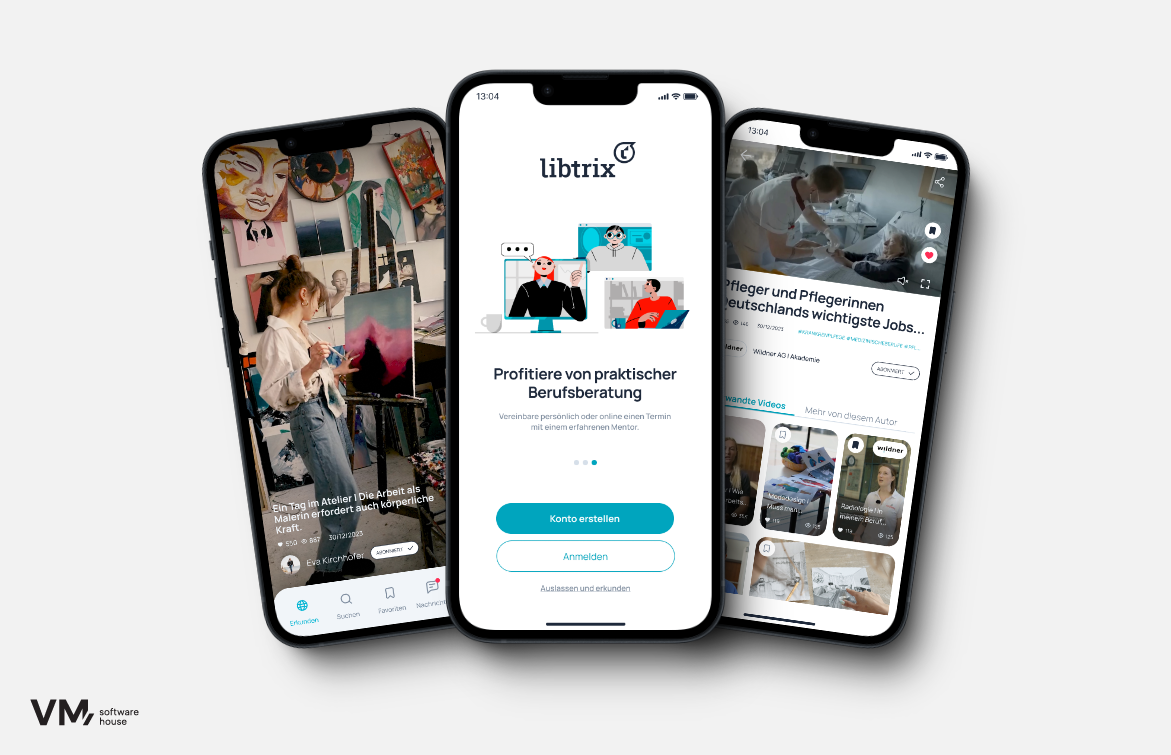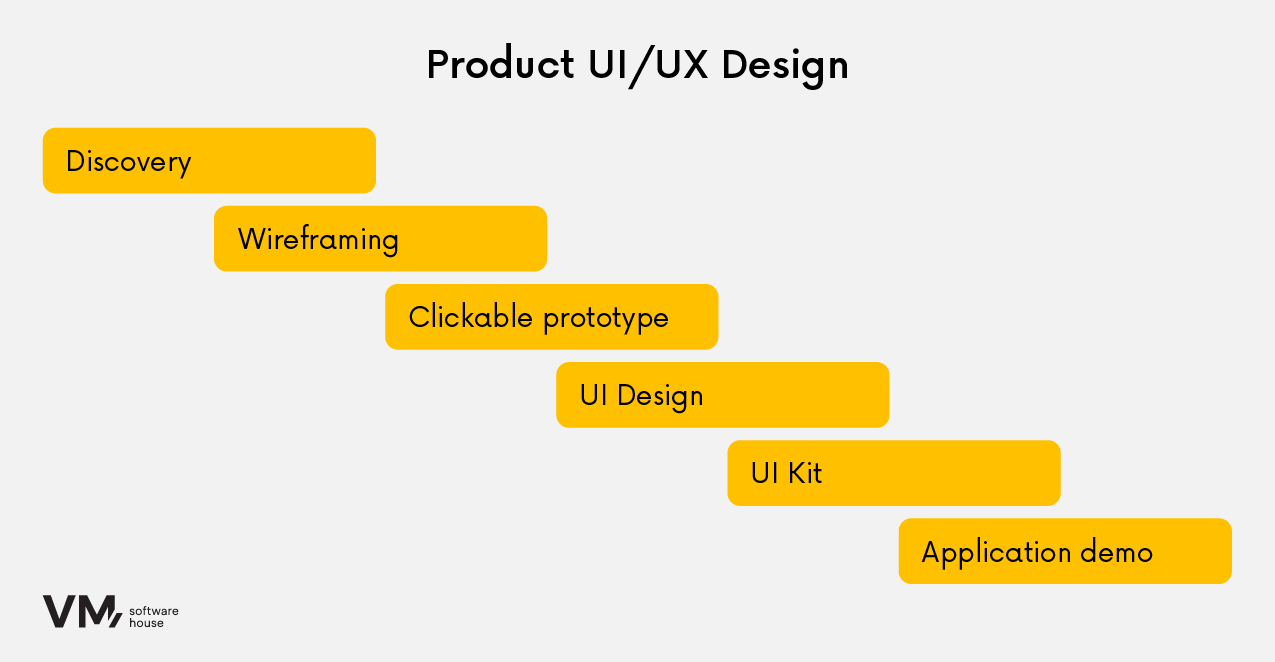This website uses cookies so that we can provide you with the best user experience possible. Cookie information is stored in your browser and performs functions such as recognising you when you return to our website and helping our team to understand which sections of the website you find most interesting and useful.

Client
Wildner AG is an educational company based in Munich that provides consulting in management and the digital economy. The company offers a wide range of individual and corporate training courses, tailoring programs to meet the specific needs of its clients.
Challenge
It is increasingly difficult for young people in Germany to find meaningful and fulfilling careers. Therefore, the client decided to build an app to put them in contact with professionals to learn more about possible career paths. The app would allow professionals to share information about their work and help young people better understand the labor market.

Solution
We built a prototype of an interactive educational platform based on social media familiar to young people. We then conducted a product workshop to understand the client’s business perspective and goals. Next, we prepared a User Journey Map, technical documentation, and application mockups.
As part of the UI/UX design of the mobile application, we analyzed user needs and behavior. The goal was to optimize the product’s intuitiveness for both young audiences (students) and older ones (mentors). To make the system user-friendly, we applied familiar features, such as the scrolling wall model (explore feed), video calls, chats, a search engine, etc.
We are implementing light and dark modes for the application as well as elements improving accessibility. We also provided the client with a UI Kit, a library of components that will enable faster application scaling while maintaining the consistency of graphical elements.
In order to quickly test the application at an early stage, we presented the client with a clickable prototype (no code). This saved time and resources for the next stages of implementation.
Next, we built a demo of a mobile application (POC) to enable a connection between two users. As part of the backend development, we integrated video libraries so that video conferencing could be done through this application. Other functionalities of the prototype include:
- Screen for logging in and registering as a mentor or student
- Dashboard for analytics related to summary statistics, with call history and cost history
- Video channel
- Explore Feed
- Internships and recruitment
- Payments
- Calendar
While more advanced features require basic data, the application currently allows users to view new videos without registering. They are created by both professionals speaking about their jobs, as well as ordinary users, whose videos are verified before publication to ensure the highest quality content. Through video interactions, young people can ask questions and get personalized answers.
Various forms of monetization, such as coaching fees, are planned for the app, but the goal is not to create an advertising platform, but rather an educational one.
We overcame several challenges, including the installation of the application in a test environment on iPhones, and a requirement to refresh security tokens daily, which necessitated additional solutions.

Results
The product has been presented to investors, and the client plans to add new features to make the app widely known among young people. The goal is to achieve at least 10% product recognition among students, and to accumulate a large and varied base of videos. The ultimate goals are to help young people find rewarding careers and to alleviate the shortage of skilled labor in certain industries.

Design, Development, DevOps or Cloud – which team do you need to speed up work on your projects?
Chat with your consultation partners to see if we are a good match.







